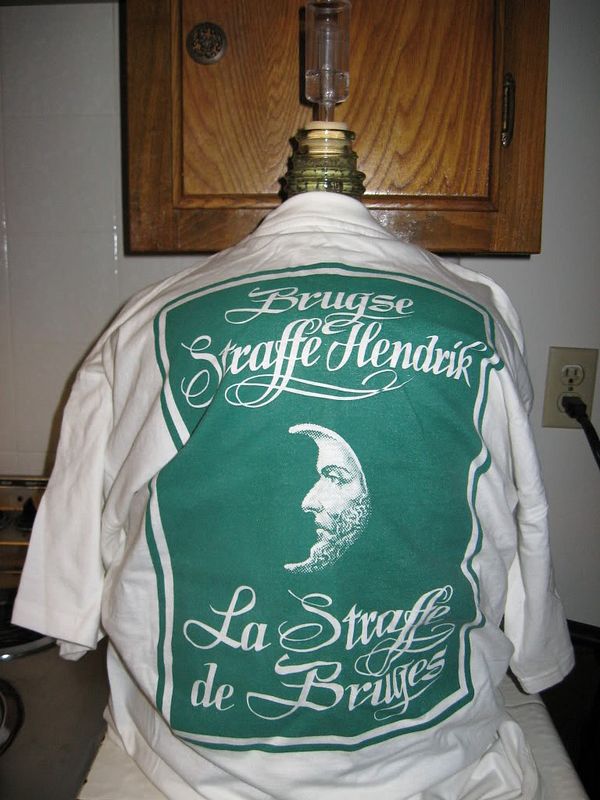conpewter
Well-Known Member
I've not tested yet how long it takes a fluorescent light to skunk beer but since beer will skunk with any wavelengths of light below 500 nm I know it will happen eventually.
My new brew room has fluorescent lights in it and I like them for their energy efficiency (and they already are there instead of having to install something new). So I looked into either bulbs that don't emit below 500nm or protective guards that block UV. I've found that you can buy amber guards that will block all wavelengths below 500nm, they are sometimes marketed as bug lights. (McMaster has some)
So just thought I'd inform those that want to use fluorescent lights (including CFL bulbs) to get the bug light variety or the amber guards.
My new brew room has fluorescent lights in it and I like them for their energy efficiency (and they already are there instead of having to install something new). So I looked into either bulbs that don't emit below 500nm or protective guards that block UV. I've found that you can buy amber guards that will block all wavelengths below 500nm, they are sometimes marketed as bug lights. (McMaster has some)
So just thought I'd inform those that want to use fluorescent lights (including CFL bulbs) to get the bug light variety or the amber guards.



